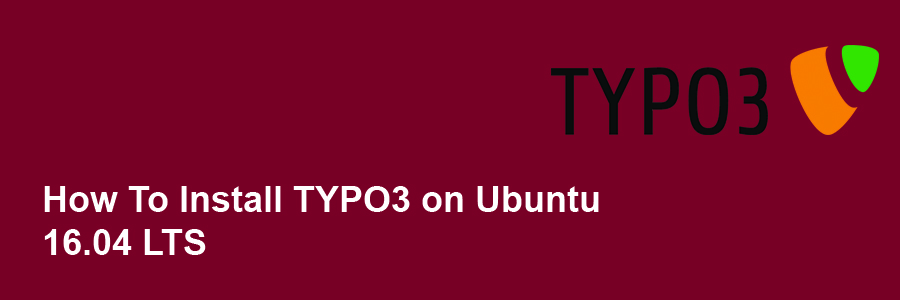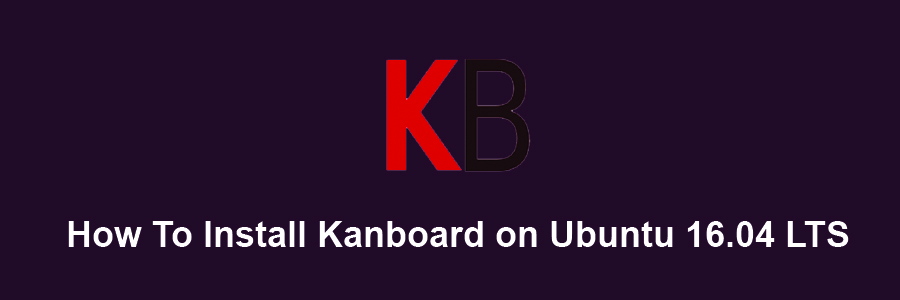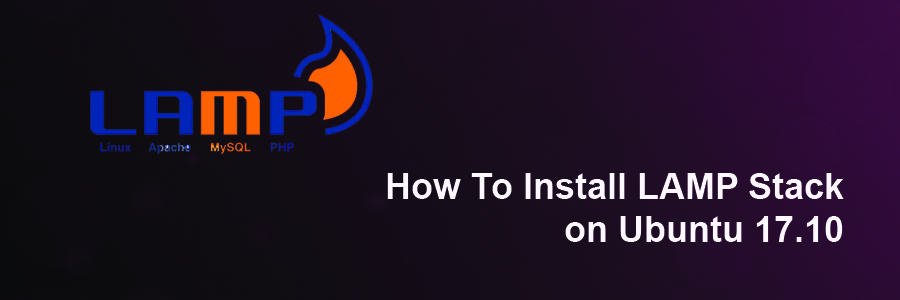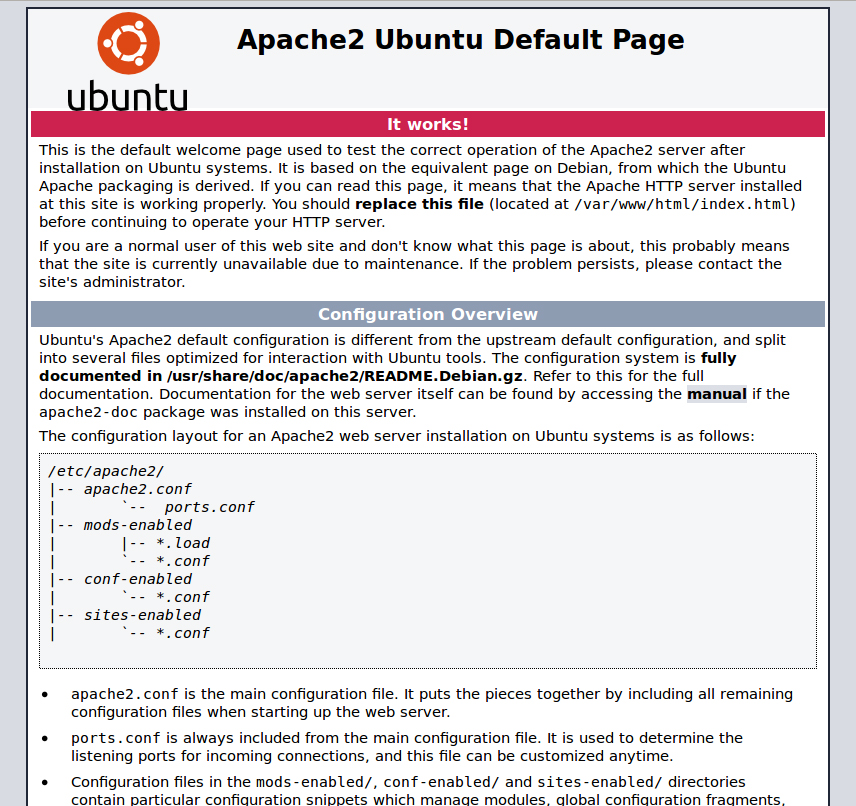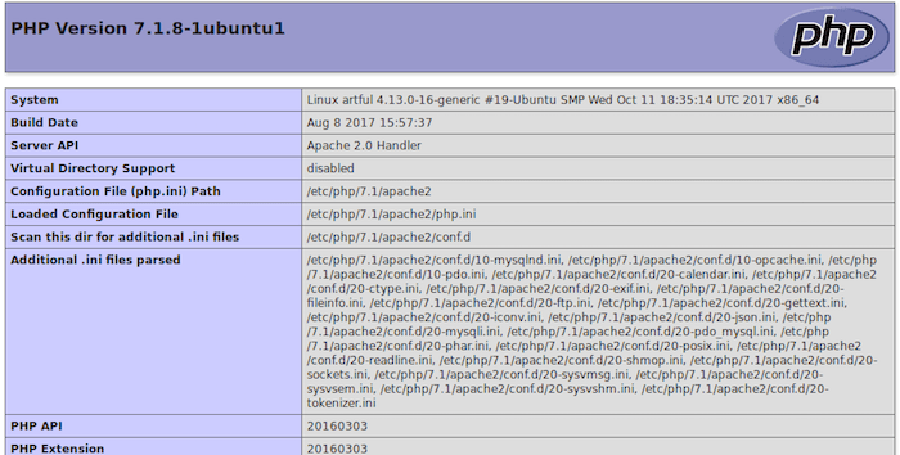TYPO3 is an enterprise open source content management system based on PHP. It’s intended for ease of use to allow owners and enterprises to create powerful and dynamic content websites.
If you’re looking for a functional, higher performance content management system to manage your websites or blogs and 100% free, then you’ll find TYPO3 to be helpful.
This article assumes you have at least basic knowledge of Linux, know how to use the shell, and most importantly, you host your site on your own VPS. The installation is quite simple and assumes you are running in the root account, if not you may need to add ‘sudo’ to the commands to get root privileges. I will show you through the step by step installation TYPO3 cms on an Ubuntu 16.04 Xenial Xerus server.
Install TYPO3 on Ubuntu 16.04 LTS
Step 1. First make sure that all your system packages are up-to-date
sudo apt-get update sudo apt-get upgrade
Step 2. Install LAMP (Linux, Apache, MariaDB, PHP) server.
A Ubuntu 16.04 LAMP server is required. If you do not have LAMP installed, you can follow our guide here. Also install all required PHP modules:
apt-get install php7.0-mysql php7.0-curl php7.0-json php7.0-cgi php7.0 libapache2-mod-php7.0 php7.0-mcrypt php7.0-xmlrpc php7.0-gd
Step 3. Installing TYPO3.
First thing to do is to go to TYPO3’s download page and download the latest stable version of TYPO3, At the moment of writing this article it is version 9:
wget https://typo3.azureedge.net/typo3/9.0.0/typo3_src-9.0.0.tar.gz
Unpack the TYPO3 archive to the document root directory on your server:
tar xzvf typo3_src-9.0.0.tar.gz cd typo3_src-9.0.0/ cp -r . /var/www/html/
We will need to change some folders permissions:
chown www-data:www-data -R /var/www/html/
Step 4. Configuring MariaDB for TYPO3.
By default, MariaDB is not hardened. You can secure MariaDB using the mysql_secure_installation script. you should read and below each steps carefully which will set root password, remove anonymous users, disallow remote root login, and remove the test database and access to secure MariaDB:
mysql_secure_installation
Configure it like this:
- Set root password? [Y/n] y - Remove anonymous users? [Y/n] y - Disallow root login remotely? [Y/n] y - Remove test database and access to it? [Y/n] y - Reload privilege tables now? [Y/n] y
Next we will need to log in to the MariaDB console and create a database for the TYPO3. Run the following command:
mysql -u root -p
This will prompt you for a password, so enter your MariaDB root password and hit Enter. Once you are logged in to your database server you need to create a database for TYPO3 installation:
CREATE DATABASE typo3; CREATE USER typo_db_user@localhost IDENTIFIED BY ‚secretpassword‘; GRANT ALL PRIVILEGES ON typo3.* TO typo_db_user@localhost; FLUSH PRIVILEGES; exit
Step 5. Configuring Apache web server for TYPO3.
Create a new virtual host directive in Apache. For example, create a new Apache configuration file named ‘typo.conf’ on your virtual server:
sudo a2enmod rewrite touch /etc/apache2/sites-available/typo.conf ln -s /etc/apache2/sites-available/typo.conf /etc/apache2/sites-enabled/typo.conf nano /etc/apache2/sites-available/typo.conf
Add the following lines:
<VirtualHost *:80> ServerAdmin [email protected] DocumentRoot /var/www/html/ ServerName your-domain.com ServerAlias www.your-domain.com <Directory /var/www/html/> Options FollowSymLinks AllowOverride All Order allow,deny allow from all </Directory> ErrorLog /var/log/apache2/your-domain.com-error_log CustomLog /var/log/apache2/your-domain.com-access_log common </VirtualHost>
Now, we can restart Apache web server so that the changes take place:
systemctl restart apache2.service
Next we have to make some PHP settings. For this we go into the php.ini and adjust a few settings:
nano /etc/php/7.0/apache2/php.ini
Then make the change the following lines below in the file and save:
file_uploads = On allow_url_fopen = On memory_limit = 256M upload_max_file_size = 64M max_execution_time = 240 max_input_vars = 1500
Step 6. Accessing TYPO3 CMS.
TYPO3 will be available on HTTP port 80 by default. Open your favorite browser and navigate to http://yourdomain.com/ or http://server-ip/ and complete the required the steps to finish the installation. If you are using a firewall, please open port 80 to enable access to the control panel.
Congratulation’s! You have successfully installed TYPO3. Thanks for using this tutorial for installing TYPO3 cms on your Ubuntu 16.04. For additional help or useful information, we recommend you to check the official TYPO3 web site.
